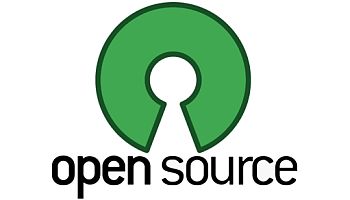Businesses are becoming more confident about deploying open source technology within the enterprise, instead of relegating it to the fringes or for experimental projects, according to a recent survey.
A significant majority of surveyed respondents, or 95 percent, said their organisations were using open source technology in order to avoid vendor lock-in, according to the Future of Open Source Survey released May 16. In previous years, the chief reason driving open source adoption was lowered software costs.
“Multiple factors are driving the increased adoption of open source software, including freedom from vendor lock-in, greater flexibility and lower cost,” said Matt Aslett, senior analyst of enterprise software at The 451 Group.
Avoiding Vendor Lock-ins
 While lower software costs were still important, ranking second on the list, organisations are more interested in open source in order to avoid vendor lock-in from traditional software vendors as well as from proprietary cloud providers. Public sector adoption and increased experience using open source software were also listed as drivers for adoption.
While lower software costs were still important, ranking second on the list, organisations are more interested in open source in order to avoid vendor lock-in from traditional software vendors as well as from proprietary cloud providers. Public sector adoption and increased experience using open source software were also listed as drivers for adoption.
Software-as-a-Service, cloud computing, big data and mobile will contribute most to the growth in open source, the authors wrote. The researchers found there were more than 470 open-source cloud computing projects and 3,800 open source mobile projects in 2010, giving enterprises plenty of choice in those areas.
Nearly 94 percent of mobile projects targeted Android and Apple iOS, according to the report.
Office productivity applications, customer relationship management and enterprise resource planning software and business intelligence programs are least likely to see open source growth.
About 25 percent of the respondents said more than three-quarters of their organisation’s deployed software was open source. Researchers predicted that in five years the figure will be closer to 27 percent of respondents. A majority, or 56 percent, of the respondents said more than half of the software they would buy over the next five years will be open source. The figure was closer to 10 to 15 percent in previous surveys.
“The results of this year’s survey clearly demonstrate that open source has gone mainstream not just within the vendor community, but within customer organisations of all types and sizes,” said Michael Skok, general partner at North Bridge Venture Partners.
There were still some barriers to open source adoption, with 42 percent concerned about the lack of internal skills and 41 percent citing unfamiliarity with open source. Organisations using open source in 2011 are less worried about licensing or conforming to internal policies, the report found. IT departments are more focused on “maturing technology issues” including improved support, product management, feature functionality and return on investment.
However, the idea that open source software is somehow harder to manage appears to be going away. About 29 percent felt the use of open source components impacted the “manageability” of applications, compared to 47 percent who saw no impact, and 24 percent who saw less.
Open source is now fully embraced by organisations in both the public and private sectors, and user confidence has grown “dramatically”, Skok said.
Custom development remains the biggest source of revenue from open source applications, at 26 percent, but support subscriptions was close behind, at 20 percent, and ad-hoc support at 17 percent. That is expected to change in two years, as support subscriptions will grow to 25 percent, ad-hoc support to 18 percent and value-add subscription to 15 percent. Advertising revenue is expected to be part of open source revenue in two years, according to Skok.
North Bridge Venture Partners announced the results of the fifth annual Future of Open Source Survey at the Open Source Business Conference in San Francisco.
Over 450 respondents took part in the 2011 survey, which included both vendors and IT managers, ranging from developers to executives. The fact that roughly 60 percent of the respondents were end-users and c-level executives in the enterprise showed that open source was mainstream in the enterprise, Skok said.





